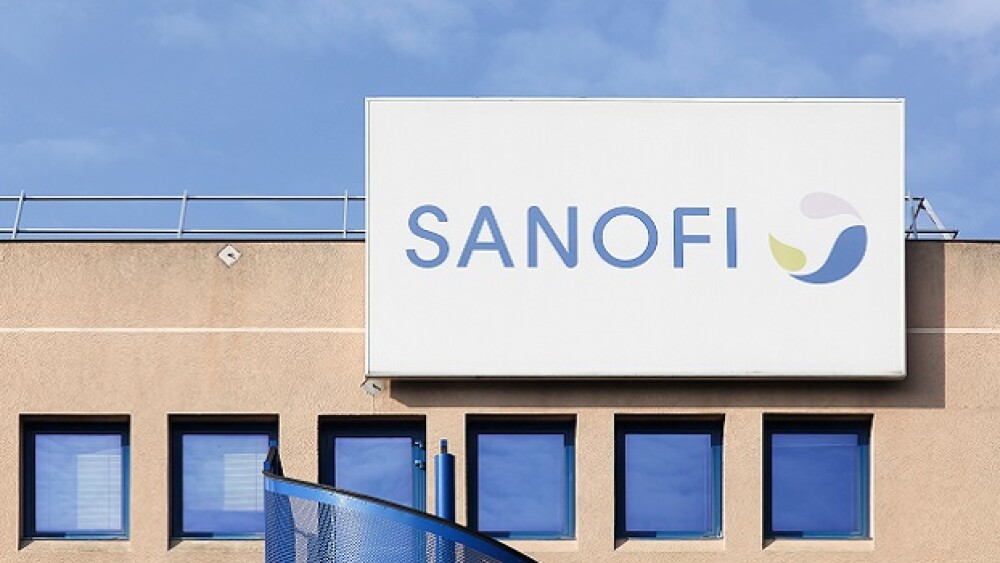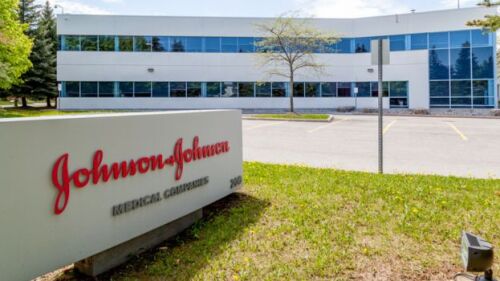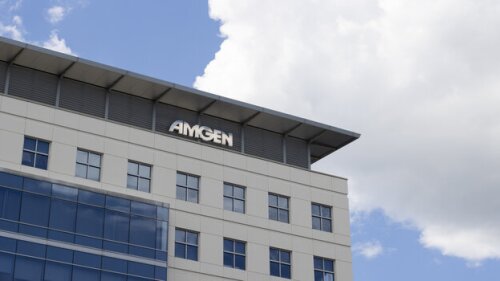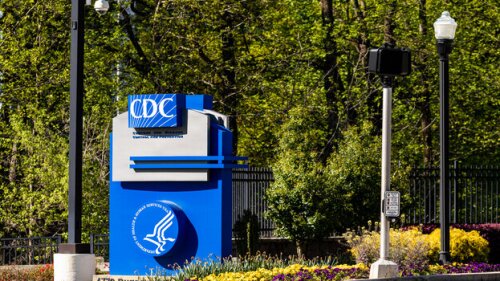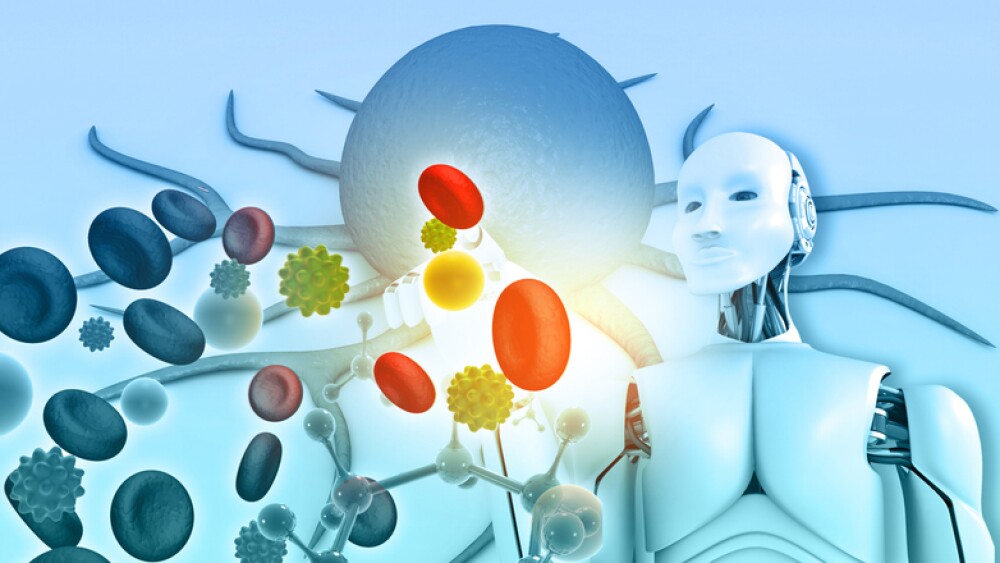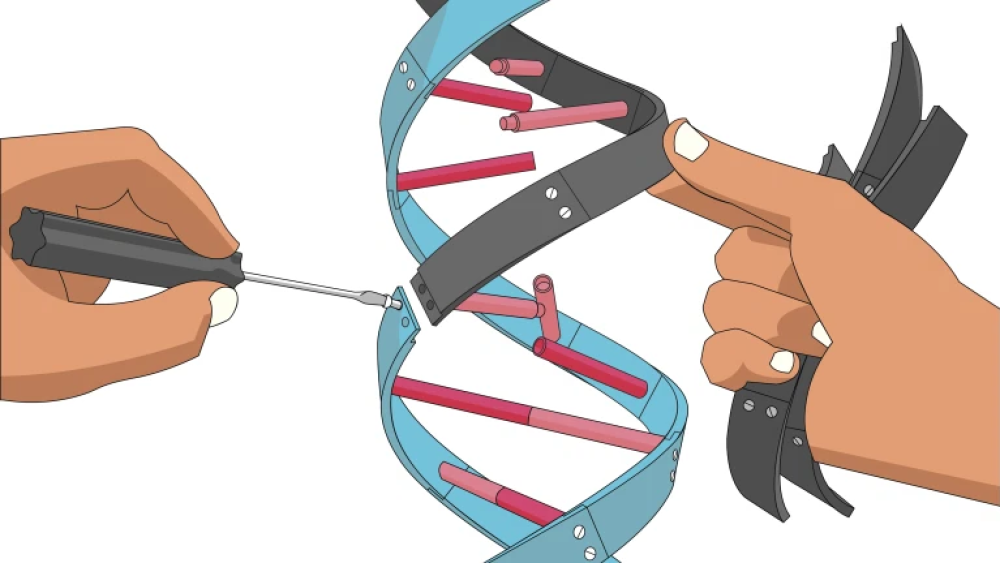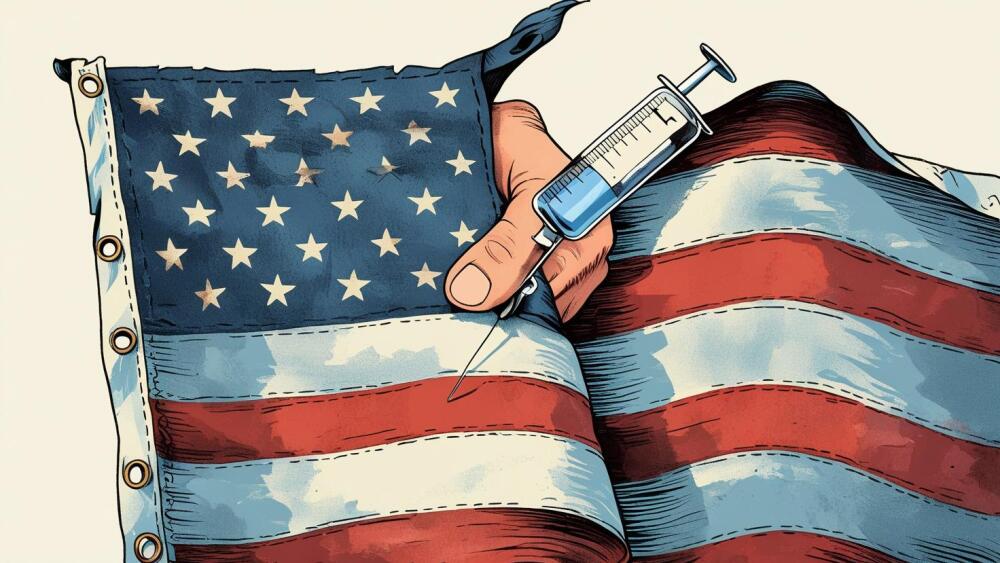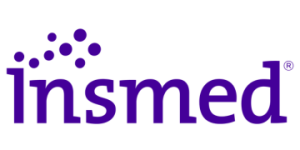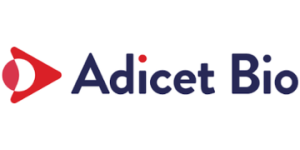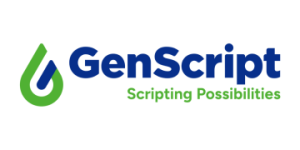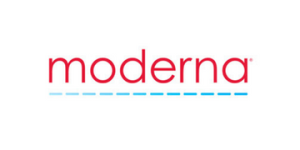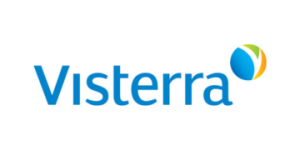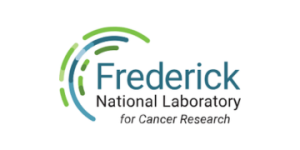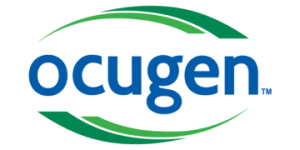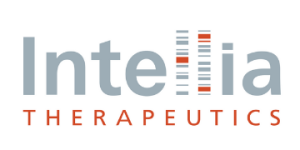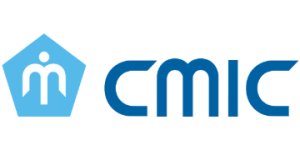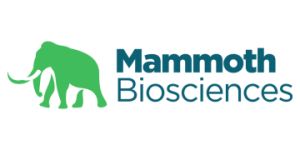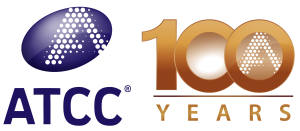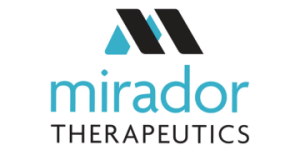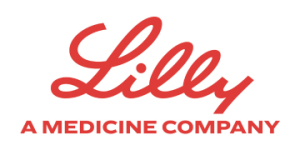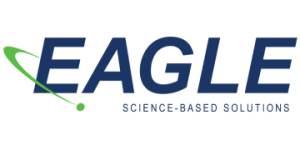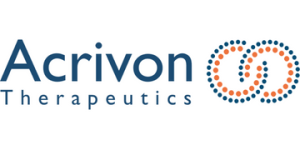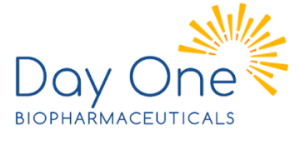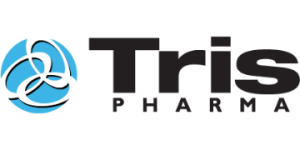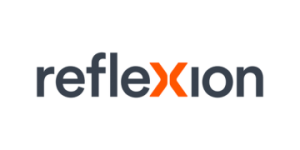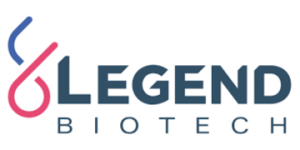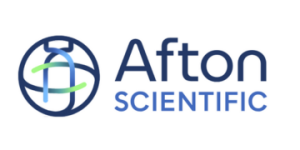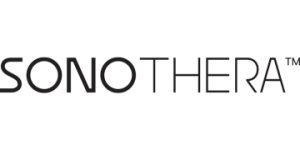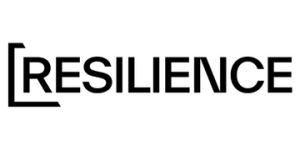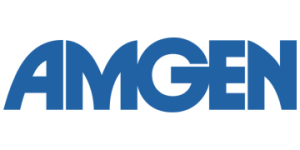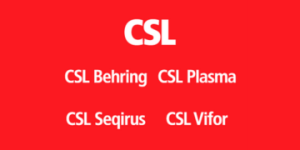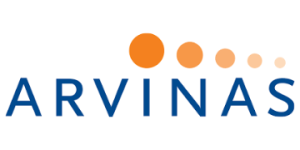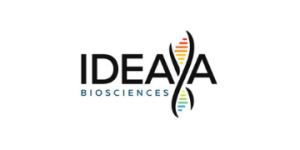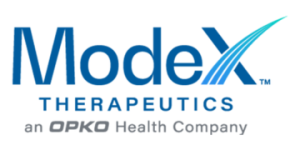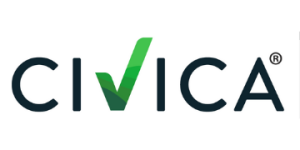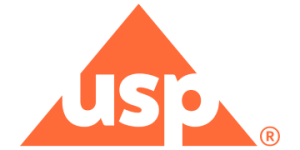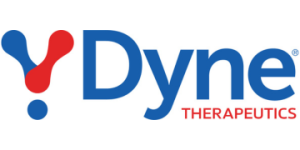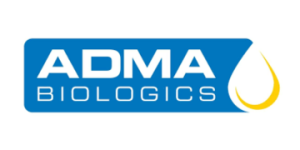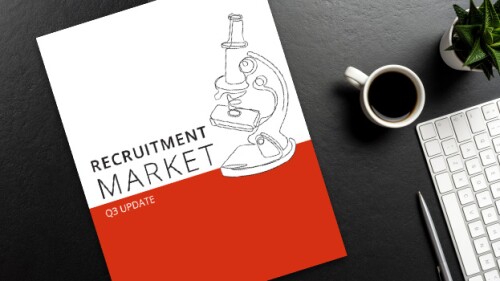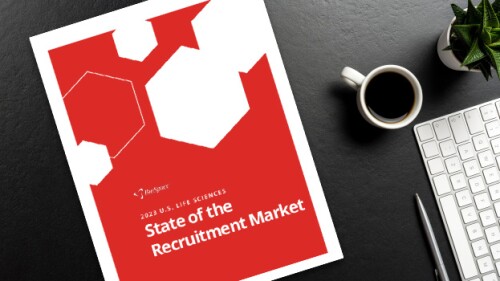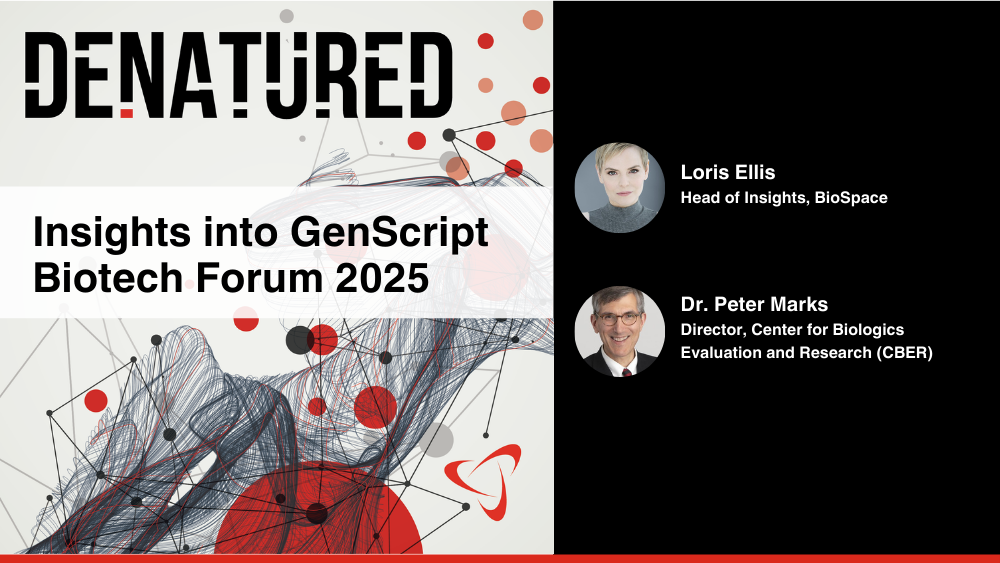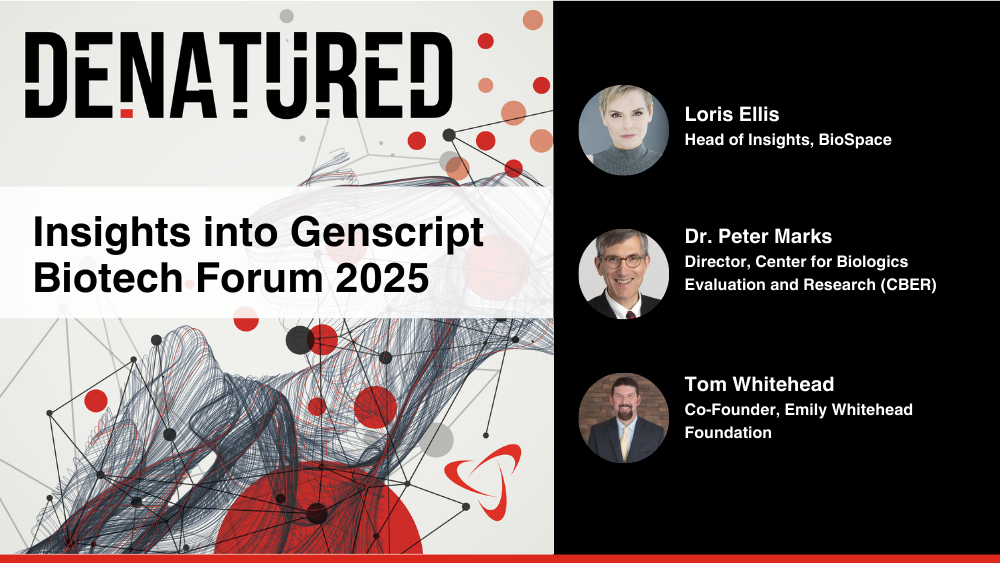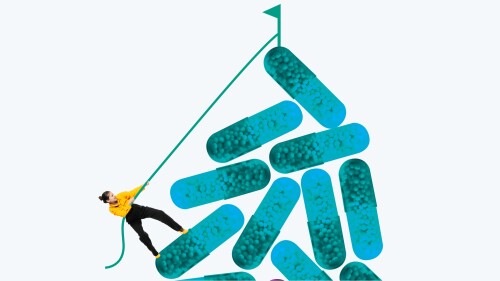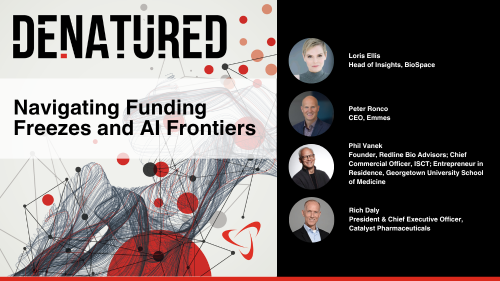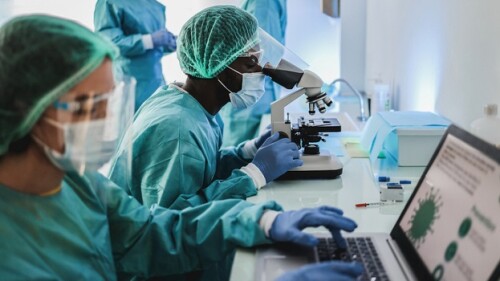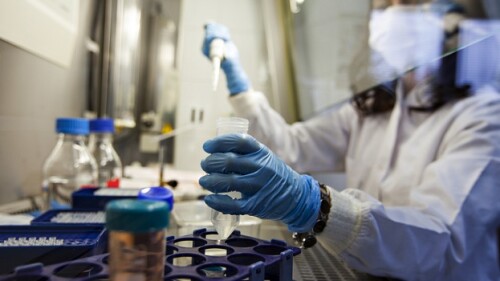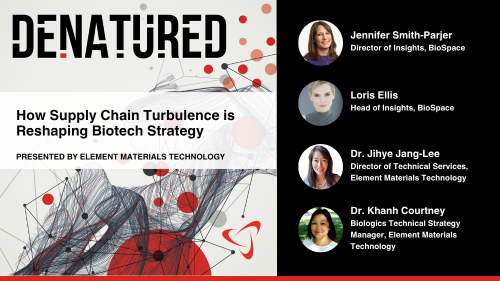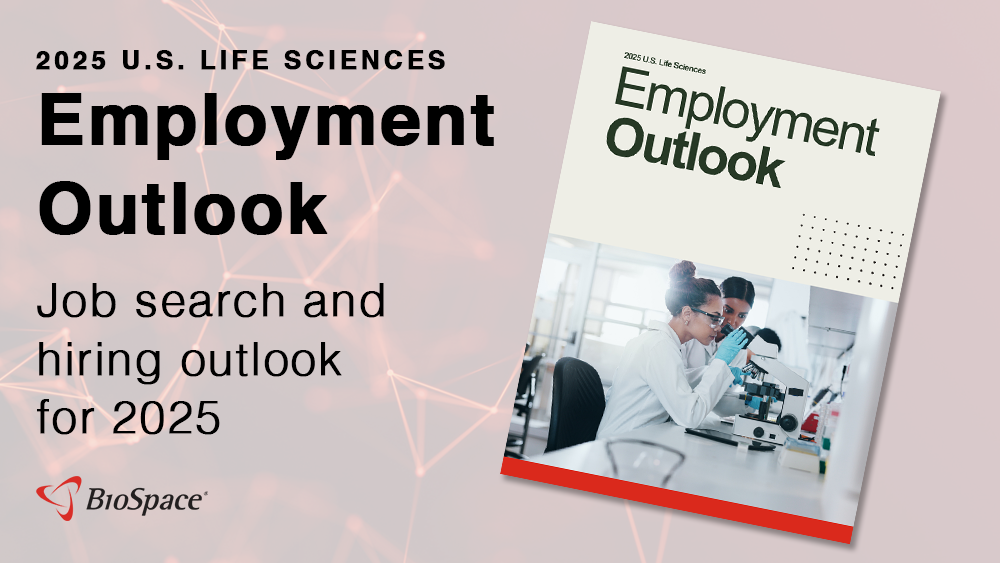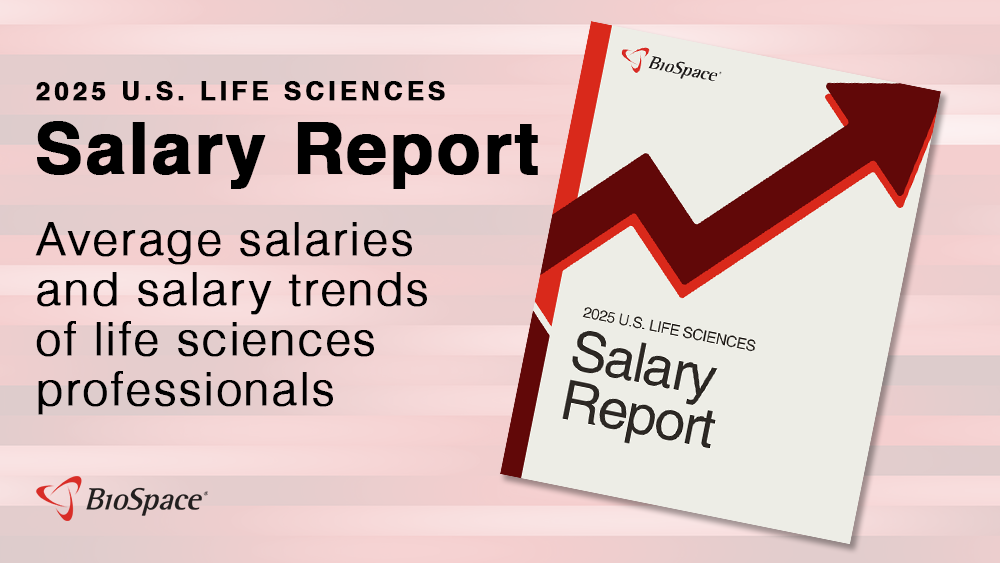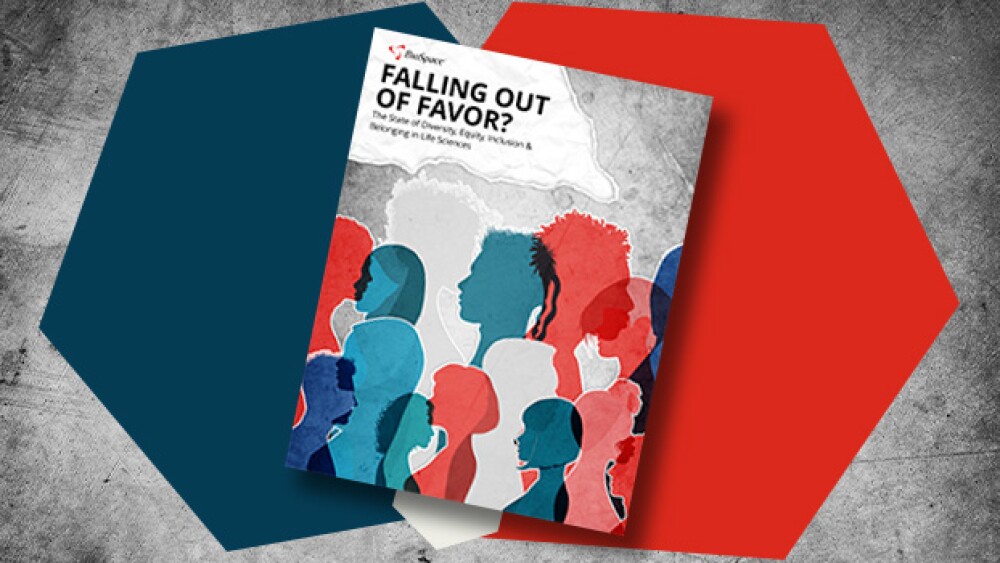Of the three highest bidders, Pfizer’s purchase proposal for Metsera was the lowest, regulatory documents reveal. The New York pharma, however, offered the smoothest transaction with the greatest likelihood of success.
Skye Bioscience’s nimacimab fell short of investor and company expectations, but showed encouraging weight-loss results when combined with Wegovy, according to analysts at William Blair.
Amgen will offer its lipid-lowering drug Repatha directly to patients for $239 per month, representing a nearly 60% reduction from the current wholesale acquisition cost of $527.70.
A new survey from CRB showed that most manufacturing initiatives in the U.S. made in response to tariffs are coming from Big Pharma companies, while smaller biotechs are left to hope “the situation doesn’t get worse.”
The inaugural 40 Under 40 cohort includes CEOs, leaders who have founded or co-founded their company and executives from a range of disciplines. Winners’ accomplishments include shaping drug development, achieving key FDA milestones and launching a new field of study.
A new group of CDC advisors voted last month to separate the chickenpox vaccine from the measles, mumps, rubella components of the MMRV shot due to concerns over febrile seizures, while recommending a more risk-based approach to COVID-19 immunizations that mirrors recent FDA approvals.
FEATURED STORIES
AstraZeneca, Pfizer and more are leveraging the computational power of AI to better design trials, predict the potential efficacy and safety profiles of their molecules and synthesize massive multi-omic information to gain a more complete understanding of challenging cancers.
Looking at licensing deals struck in the past 10 years, Jefferies found that many Big Pharmas do not ultimately follow through with M&A after earning a right of first negotiation. Sanofi, on the other hand, almost always does, as it did with Vigil recently.
Gene therapies have ridden investor mania to huge valuations but commercialization challenges have pushed market caps to the floor. At a roundtable last week, FDA leaders promised faster approvals and broad support to the industry.
As multiple companies vie to expand on Alnylam’s success in commercializing RNAi therapeutics, the pioneering company has set a goal of targeting small interfering RNA to any tissue by 2030.
Vaccine skepticism is at an all-time high in the U.S., and HHS Secretary Robert F. Kennedy Jr. is making some drastic moves in the name of reversing that trend. But misinformation and inconsistencies within the country’s healthcare agencies highlight problems with his approach.
Analysts reacted positively to the news that uniQure is in alignment with the FDA on an accelerated approval pathway and on target for a Q1 2026 submission for its one-time gene therapy for Huntington’s disease—but patients have been here before.
LATEST PODCASTS
In this episode of Denatured, BioSpace’s Head of Insights Lori Ellis talks to Dr. Peter Marks, Director, CBER about his thoughts on the future of cell and gene therapies.
J&J, GSK, Eli Lilly and others struck high-value transactions in the early days of biopharma’s annual kickoff conference. Meanwhile, Biogen proposes to acquire struggling neuro partner Sage, and obesity dominates discussions as Pfizer goes “all in.”
In this short teaser, BioSpace’s Head of Insights Lori Ellis talks to CBER Director Peter Marks and Tom Whitehead, Co-Founder of the Emily Whitehead Foundation about anticipated discussions at the upcoming GenScript Biotech Forum.
Job Trends
Genentech, a member of the Roche Group, announced statistically significant and clinically meaningful results from its Phase III STARGLO study of Columvi® in combination with gemcitabine and oxaliplatin versus Rituxan® in combination with GemOx for people with relapsed or refractory diffuse large B-cell lymphoma who have received at least one prior line of therapy and are not candidates for autologous stem cell transplant, or who have received two or more prior lines of therapy.
Subscribe to Genepool
Subscribe to BioSpace’s flagship publication including top headlines, special editions and life sciences’ most important breaking news
SPECIAL EDITIONS
In this deep dive, BioSpace investigates China’s rise as a biotech powerhouse.
In this deep dive, BioSpace explores the next big thing in obesity.
BioSpace did a deep dive into biopharma female executives who navigated difficult markets to lead their companies to high-value exits.
DEALS
-
Donald Trump continues to make waves in biopharma; Sage rejects Biogen’s unsolicited takeover offer; the obesity space sees more action with new company launches, IPOs and fresh data; and experts get ready for an important era in the Duchenne muscular dystrophy space.
-
Following a lawsuit filed last week, Sage has officially rejected Biogen’s unsolicited buyout offer, which valued the embattled biotech at just $469 million.
-
Protein degradation–focused Neomorph nabs its third Big Pharma deal of around $1.5 billion in less than a year.
-
The deal follows a $1.06 billion U.S. contract in July 2024 and a $1.24 billion agreement with an Asia-based pharma a few months later.
-
On the company’s Q4 earnings call where an eyepopping $88.8 billion in full-year sales were revealed, leaders shifted focus away from enormous takeovers to single-digit billion buy outs.
WEIGHT LOSS
-
Compounded versions could make up as much as 40% of the semaglutide market, said Novo Nordisk CEO Lars Fruergaard Jorgensen on Thursday, but the company hopes to win patients over.
-
Lexicon’s LX9851 targets ACSL5, a liver enzyme involved in fat metabolism that helps moderate fat accumulation and slow down gastric emptying.
-
Deloitte urged pharma executives to “be bold” in a new report tracking the top 20 pharmaceutical companies’ R&D performance.
-
Eli Lilly and Novo Nordisk are in a global battle for dominance in the weight loss space. BioSpace takes a look at the territory covered and what’s to come.
-
With crucial lessons learned from the manufacturing shortages of injectable GLP-1s, experts say securing adequate supply of the upcoming oral options will be the sector’s next great challenge.
POLICY
-
The Inflation Reduction Act includes an exemption for orphan drugs for a single indication, but experts say this is far from sufficient to maintain momentum in the rare disease space.
-
In advance of this week’s CDC vaccine advisory meeting, HHS Secretary Robert F. Kennedy Jr. restacked the committee, claiming problematic industry ties within the previous group. Experts say ACIP had long navigated COIs appropriately and that the new appointees risk the apolitical nature of membership.
-
In this episode of Denatured, BioSpace’s Head of Insights Lori Ellis discusses key themes from BIO and DIA, including the funding environment, with Rich Daly, CEO of Catalyst Pharmaceuticals, Peter Ronco, CEO of Emmes Corporation, and Phil Vanek, founder of Redline Bio Advisors.
-
Industry watchers responded mostly positively to the commissioner’s new voucher program, but worries remain over staffing cuts at the agency.
-
The new version of the bill will still need to go through the entire House and Senate.
Q1 is the time when life science professionals are ramping up their job search efforts. If this applies to you, here are some tips to help you get a head start and prepare for your Q1 job search.
Teaming up with a recruiter can be a smart move in a tight job market or for job seekers looking for a specialized role. To help you in your job search, we’ve outlined how to get the best out of recruiters.
Whether a job search is voluntary or not, months of interviews, wrangling over pay and benefits and evaluating options has a weighty psychological toll.
The role of a clinical research nurse can be rewarding, but it’s not without challenges. Find out more about the role of a clinical research nurse and what it takes to become one in our guide.
Find out everything you need to know about research and development, including the skills it requires and what you should do if you’re ready to make the transition into R&D.
At the foundation of every clinical trial are the professionals who ensure its successful execution. Read on to find out more about how to know if clinical research is right for you.
HOTBEDS
REPORTS
In this Employment Outlook report, BioSpace explores current workforce sentiment, job activity trends and the prospective job and hiring outlook for 2025, particularly as it compares to the previous year.
BioSpace’s third report on diversity, equity, inclusion and belonging in life sciences examines dramatic shifts in attitude around diversity initiatives.
CANCER
-
The targeted drug release device TAR-200 shows promising response and disease-free survival rates in specific populations of patients with non-muscle-invasive bladder cancer.
-
The FDA is currently reviewing Merck’s sBLA for Keytruda in head and neck cancer, with a target action date of June 23.
-
The transaction is expected to close in the second half of 2025. With the deal, Merck KGaA is adding to its rare disease and oncology pipelines.
-
With ivonescimab’s data coming solely from China, its prospects in the U.S., where Summit owns the rights, remain up in the air.
-
Presentations at this year’s American Association for Cancer Research meeting could have a broad impact on the treatment landscape for head and neck and lung cancer, and implications for specific drug modalities like TIGIT and VEGF.
NEUROSCIENCE
-
The British pharmaceutical giant is working with the U.K. Dementia Research Institute to exploit a “natural randomization” experiment to determine whether 65- and 66-year-olds who received GSK’s shingles vaccine Shingrix have reduced dementia risk.
-
The gene therapy world is in turmoil, but Arbor, armed with more than $1 billion in partnerships and raises, is going forward.
-
Ionis and Ultragenyx are competing to develop oligonucleotide treatments for Angelman syndrome, but will Neuren’s peptide catch up?
-
Days after suffering a rejection in Australia, the Alzheimer’s drug hit another roadblock in the U.K., which found the drug not cost-effective.
-
Analysts do not believe the Phase III stumble for aticaprant will derail J&J’s broader neuroscience strategy, particularly given its recent $14.6 billion acquisition of Intra-Cellular Therapeutics and the success of Spravato for treatment-resistant depression.
CELL AND GENE THERAPY
-
Having established success in cancer, biopharma is now looking to leverage CAR T therapies against a new target, autoimmune disorders, with several early- to mid-stage readouts expected this year.
-
Johnson & Johnson and Legend Biotech hope to hit blockbuster status for Carvykti this year.
-
Facing declining valuations and funding challenges, public biotechs like bluebird bio are going private to restructure, reduce regulatory burdens and refocus on long-term growth.
-
Roche acquired Spark Therapeutics in 2019 for $4.8 billion.
-
Abecma made $406 million in 2024, of which BMS paid $43 million to 2seventy bio as part of their profit-sharing agreement.

